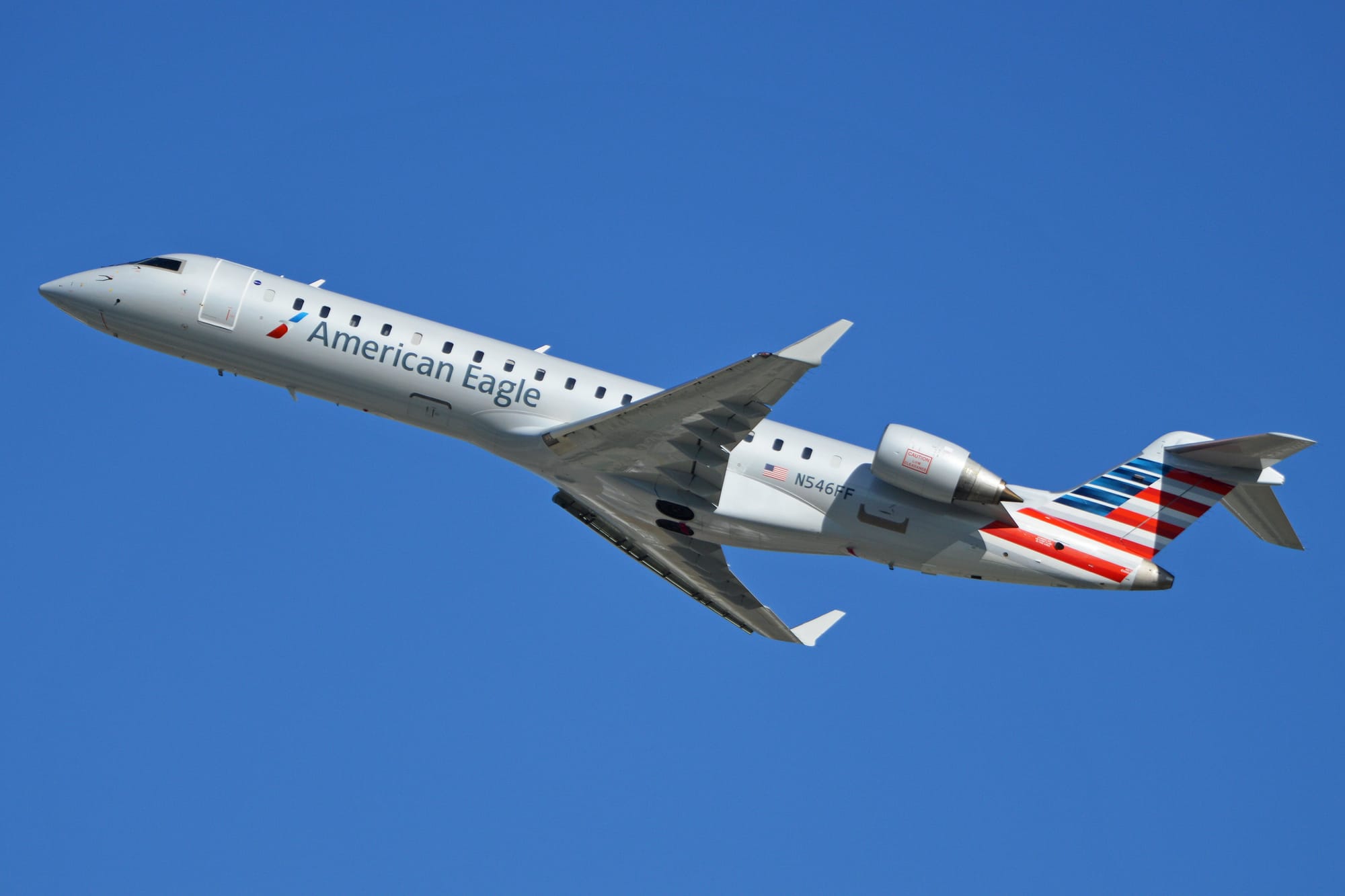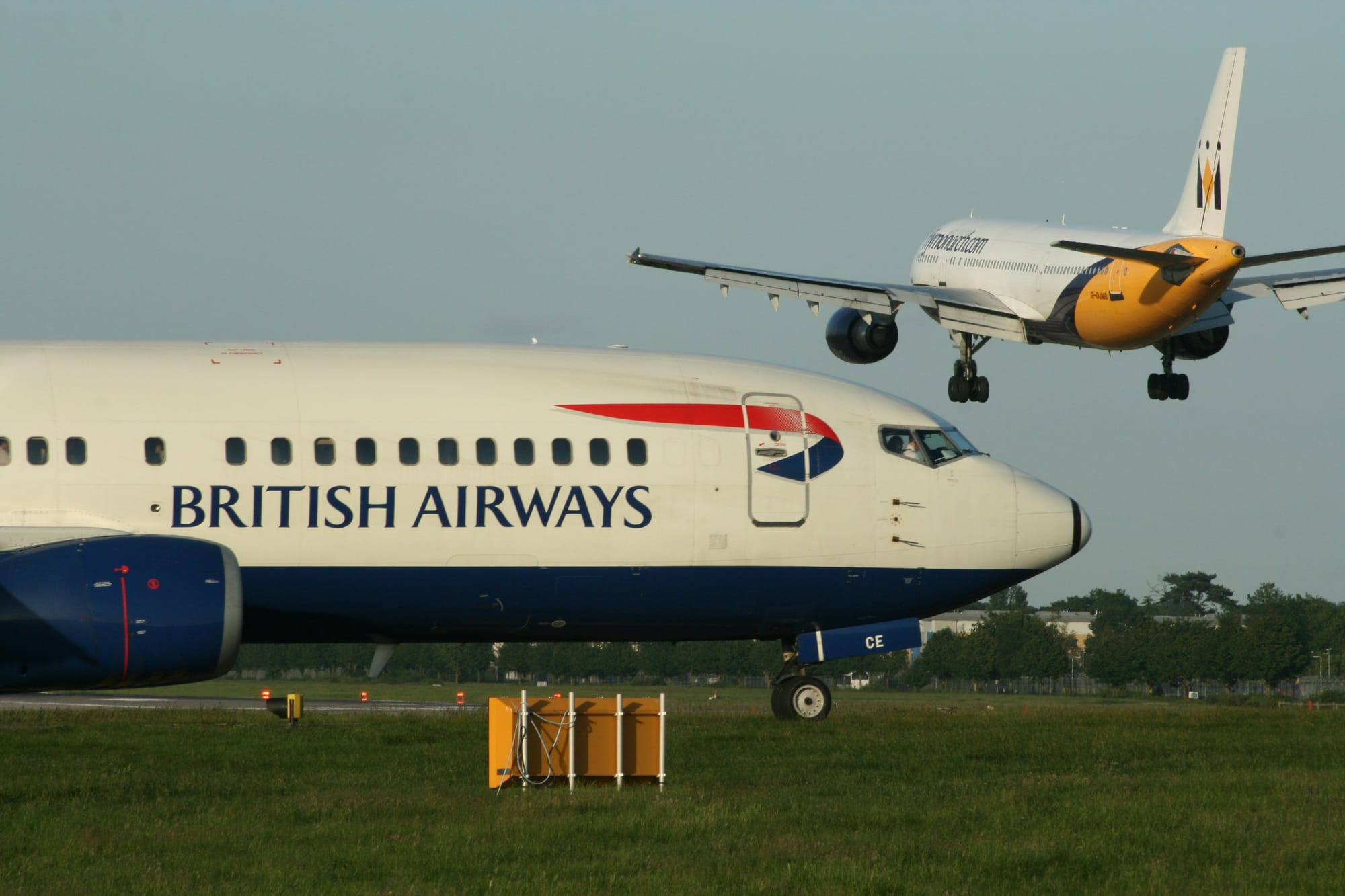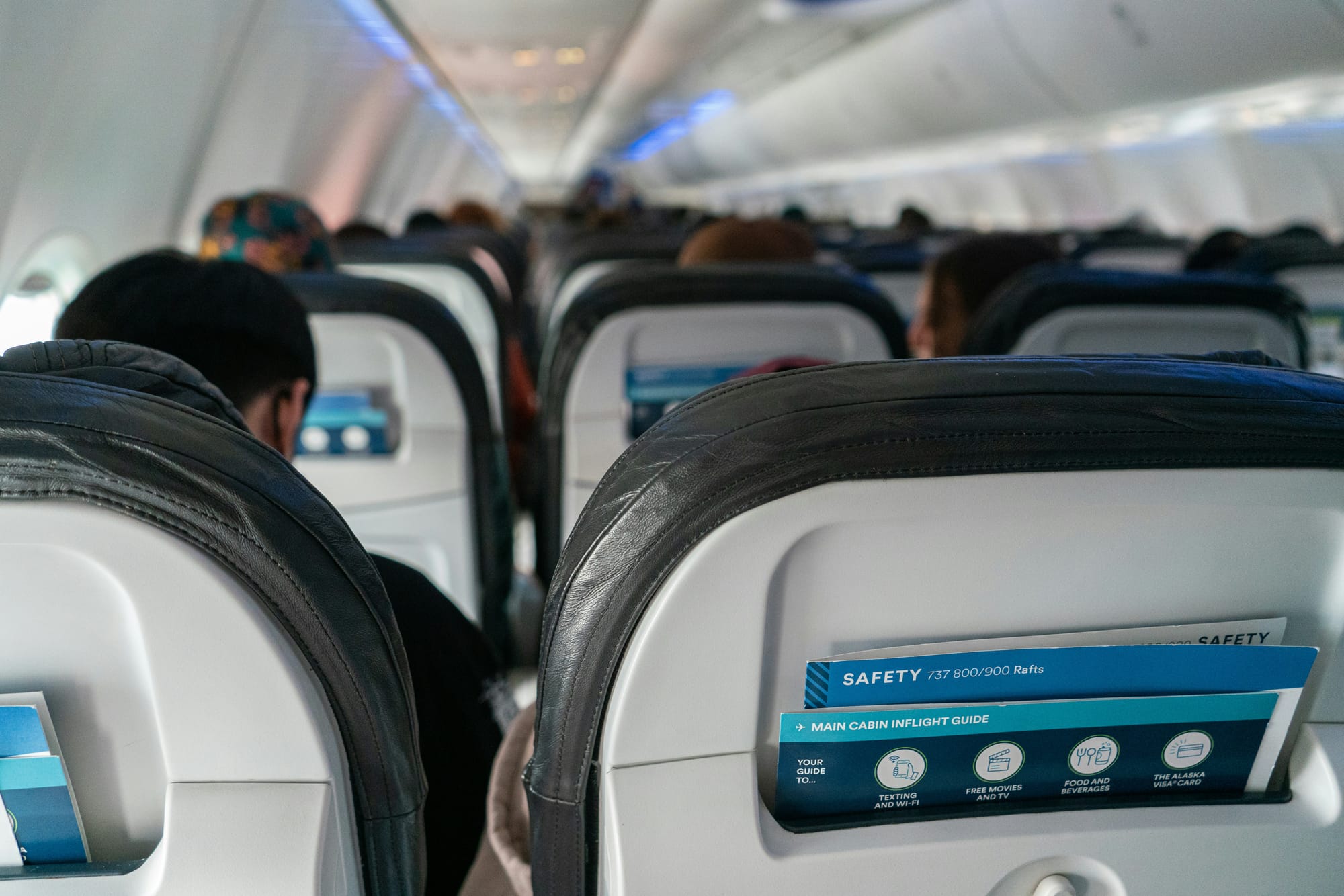What is TCAS (Traffic Alert and Collision Avoidance System)?
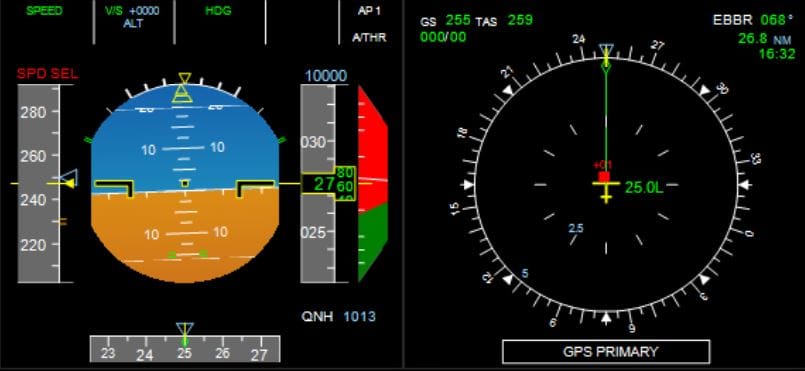
In the realm of modern aviation, safety remains the highest priority. One of the most critical technologies that help maintain this safety is the Traffic Alert and Collision Avoidance System (TCAS). This system acts as a last line of defense against mid-air collisions, ensuring that aircraft maintain safe separation in increasingly congested skies.
What is the Traffic Alert and Collision Avoidance System?
TCAS, or Traffic Alert and Collision Avoidance System, is an onboard avionics system designed to reduce the risk of mid-air collisions between aircraft. It operates independently of air traffic control (ATC) and uses transponders to communicate with other aircraft equipped with similar systems. By continuously monitoring the airspace around an aircraft, TCAS can detect potential conflicts and provide advisories to pilots to avoid collisions.
The system was developed in response to the increasing density of air traffic and has been mandated for use in commercial and many general aviation aircraft. Modern versions of TCAS, such as TCAS II, provide real-time traffic advisories and coordinated avoidance maneuvers to pilots.
How TCAS Works to Keep Airplanes Safe
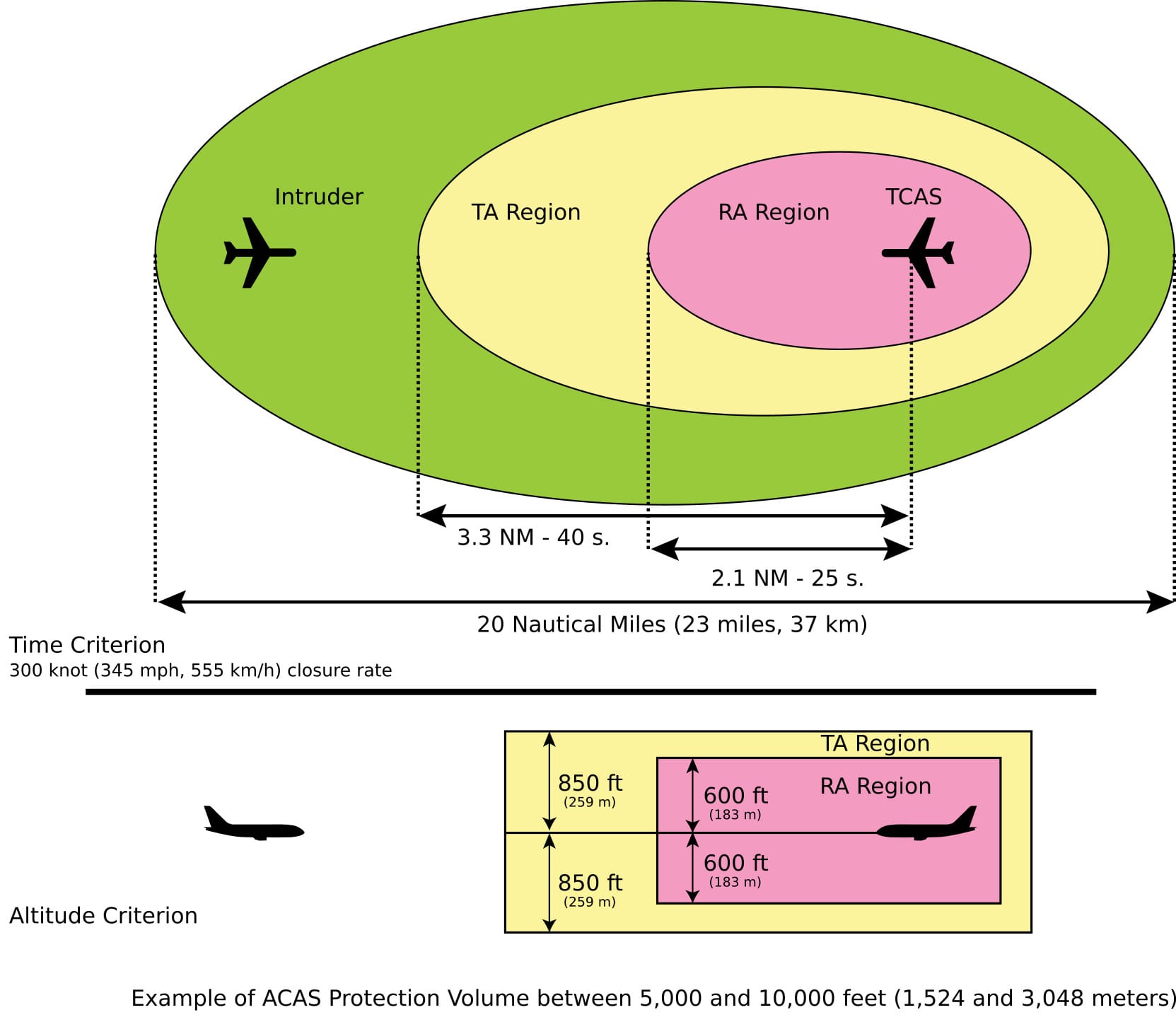
TCAS functions by interrogating the transponders of nearby aircraft and calculating their relative positions, speeds, and altitudes. Based on this information, the system can issue two types of advisories:
- Traffic Advisories (TA): When another aircraft comes within a potentially unsafe range, TCAS issues a warning to the pilots, advising them to be aware of the nearby traffic.
- Resolution Advisories (RA): If a potential collision is imminent, TCAS provides specific instructions for evasive maneuvers. These advisories are designed to be complementary—if one aircraft is advised to climb, the other will be advised to descend, ensuring a coordinated avoidance action.
Modern TCAS units are highly effective, reducing the likelihood of mid-air collisions and enhancing overall situational awareness. They are especially crucial in high-traffic areas where aircraft may be on converging flight paths.
Final Thoughts
TCAS has revolutionized aviation safety by providing pilots with critical, real-time information about surrounding aircraft. While air traffic controllers manage aircraft separation from the ground, TCAS serves as an independent safeguard in the sky. The system's ability to detect potential conflicts and issue precise avoidance instructions has played a significant role in preventing mid-air collisions.


